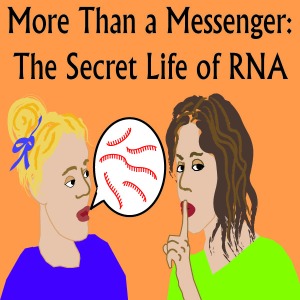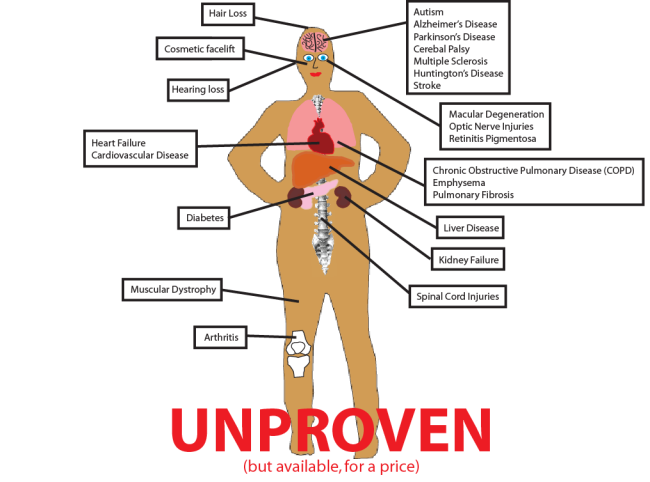It’s been a busy few months, but fortunately I keep signing up to write articles for Harvard’s student group Science in the News (read: someone else reminds me about deadlines) so here’s a new blog post for you to read. This time around, I’ve decided to take a step back from the news of the Ebola epidemic to talk about how exactly Ebola infects us, how it causes harm inside the body, and finally how treatments are targeting it. Hope you learn something interesting 🙂
Ebola Virus: How it infects people, and how scientists are working to cure it
Since the beginning of the current outbreak last May, Ebola has been a near daily news story. Most articles have focused on the public health aspect of the disease in terms of its spread throughout West Africa, attempts to contain it, and efforts to set up viable health care stations near affected areas. However, most coverage hasn’t devoted much space to the actual mechanics of the Ebola virus – what it is, how it gets into your cells, how it causes the characteristic hemorrhaging and fever, and, most importantly, how researchers and doctors are developing treatments for it. I’m going to talk more about that in the rest of this post.
How does the Ebola virus infect people?
Ebola virus contains a type of genetic material called RNA, which is similar to DNA and contains the blueprint for assembling new virus particles. Unlike animals and plants, which also use DNA as a repository of information, viruses are not technically alive because they are incapable of replicating without help. In order to create new viruses, the virus must infiltrate a living cell, where it hijacks the host cell’s machinery to fulfill its own goals. In order to get into the cell, Ebola must travel through the cell membrane, which is a barrier that protects the cell from its environment. However, all cells need nutrients, which must have ways of entering the cell; the viruses hitch a ride into the cell via one of these established nutrient-uptake entryways. Ebola virus takes advantage of a non-specific engulfing process called macropinocytosis, which allows the virus to be “eaten” by a wave-like motion of the cell membrane (see the figure below; you can also go here for more details).
Once inside the cell, the virus hijacks the cell’s own machinery to create more copies of itself. Often, this appropriation of the cell’s replication machinery comes at the expense of the cell being able to make all of its own needed machinery, leading to the death of the cell or at least an inability to function properly. After all of the pieces for a new virus have been assembled, the viral pieces “bud” from the cell, using the cell’s own membrane to make a capsule for its safe travel to new cells nearby (Figure 1b).

A diagram of how Ebola virus infects human cells. (A) The Ebola virus is enclosed in a package that contains RNA, its genetic “blueprint” for reproduction. (B) Ebola has a protein called glycoprotein that sticks out of its membrane and binds to receptors (in red) on the cell surface. (C) The binding of these receptors triggers a cell “eating” process called macropinocytosis, resulting in the virus being engulfed by a wave-like motion of the cell membrane. (D) Once inside the cell, the virus’ RNA is uncoated, at which point it hijacks the human cell’s proteins to create more copies of itself. (E) Once new viral particles have been assembled, they move to the cell membrane and “bud off,” at which point they can travel to infect new cells (F).
How does this cell-by-cell infection translate to the full-body symptoms of Ebola?
Ebola virus is characterized by a variety of symptoms, beginning with fever, headache, and muscle pain, followed by vomiting, diarrhea, and internal bleeding. Upon entering the body, the virus targets specific cell types, including liver cells, cells in the immune system, and endothelial cells, which line the inside of blood vessels. Once inside the cells, one of the proteins made by the virus is called Ebola virus glycoprotein. The glycoprotein can disrupt cell adhesion, so that cells have trouble sticking to each other and to a scaffold called the extracellular matrix, which in healthy tissue helps to hold the cells together. The loss of cell adhesion is detrimental to any solid tissue, and by infecting blood vessel cells, the virus causes the vessels to become leaky, leading to hemorrhaging and internal bleeding.
By targeting liver cells, the body’s ability to clear toxins out of the bloodstream is compromised, and by infecting the immune system, whose cells travel everywhere in the body, Ebola has an opportunity to increase rapidly its area of infection. Over time, infection of cells throughout the body can cause organ failure, while fever, internal bleeding, diarrhea and vomiting can cause severe loss of electrolytes, blood plasma and fluid. Ultimately, organ failure and shock caused by the internal bleeding lead to death.
What is the science behind treatments in development?
Researchers are exploring several avenues for treating Ebola. Many drug companies are developing vaccines, although none of these vaccines is ready for full-scale production, or even approved for human treatment. These vaccines use non-virulent portions of the virus, injected into the body, to teach the immune system to recognize the Ebola virus and defend your body against it in the event of a true infection. Although the vaccines would usually be months or even years away from approval, emergency protocols approved by the World Health Organization have determined that this epidemic warrants the use of unapproved drugs and vaccines, so cautious plans are being made to expand access to Ebola victims.
A second treatment being developed uses small fragments of genetic material called “small interfering RNAs” (siRNAs). These small pieces of RNA are designed to match specific pieces of the virus’ RNA. Just like two pieces of Velcro sticking together, when the siRNA encounters the corresponding viral piece of RNA, it sticks to it. Once stuck to the siRNA, the viral RNA cannot be used to create new Ebola particles, thus slowing the replication of the virus. The FDA has recently approved siRNA therapy for use in the current outbreak.
Another treatment which has been used for several health-care workers who became infected with Ebola virus involves the use of antibodies. Antibodies are large, Y-shaped proteins that are designed to recognize and neutralize foreign objects in your body, such as bacteria or viruses. Currently, the most well developed drug is called ZMapp, which is a cocktail of three antibodies. The antibodies have a “lock” on the tip of the Y that recognizes a specific “key” – in this case, a specific portion of the Ebola virus glycoprotein described in the previous section. Once bound, the antibodies neutralize the glycoprotein, which subsequently keeps the virus out of the cell. So far, data about its efficacy in humans has been inconclusive, as the patients did not all receive the drug at the same point in the course of their disease, nor did they receive the same levels of medical care. ZMapp or other similar drugs are important as tools to treat already infected patients during an outbreak, but unlike a vaccine, they do not confer lifelong immunity to the virus. This ultimately means that exploring both vaccines and drug treatments may be the most effective way to combat Ebola.
Even if experimental drugs can be scaled up to have large enough quantities to treat the current epidemic, the traditional methods of treatment will continue to be paramount for saving lives. In order to stave off shock from loss of blood and fluids, patients in health-care facilities can be given infusions of blood, fluids and electrolytes to help their bodies remain stable while fighting the virus. In the immediate future, the major challenges in bringing this epidemic under control will continue to be a focus on its containment, coupled with an influx of health-care facilities and experts capable of delivering the best care possible in onerous conditions.










